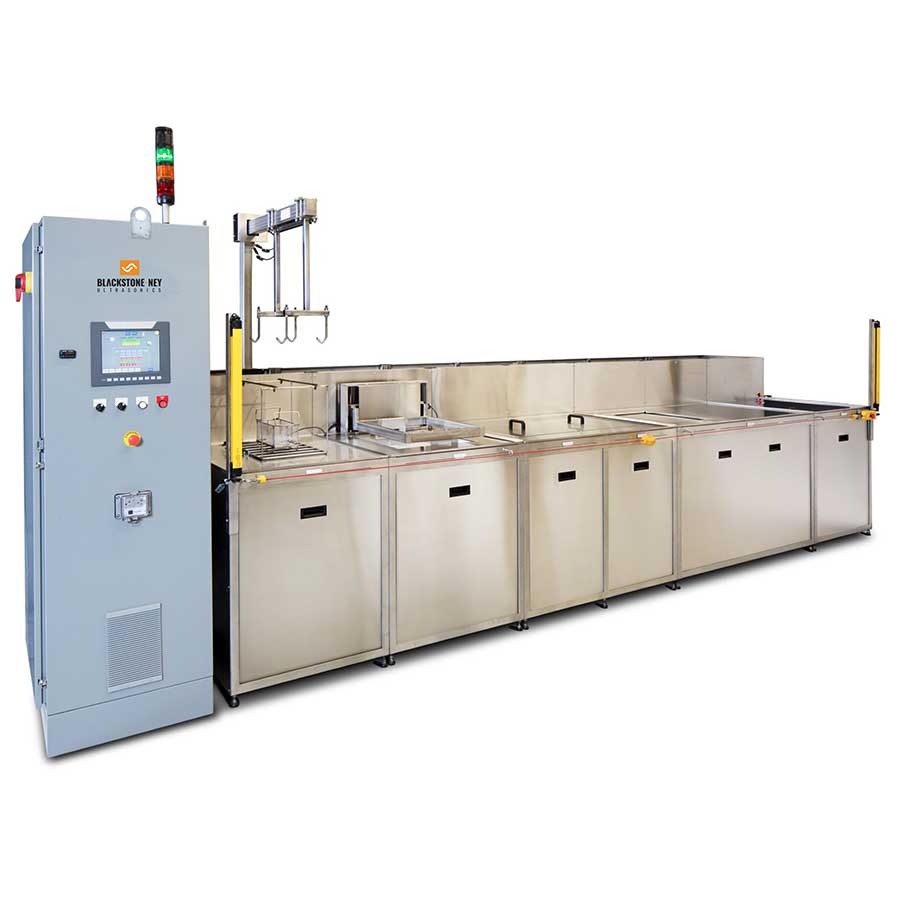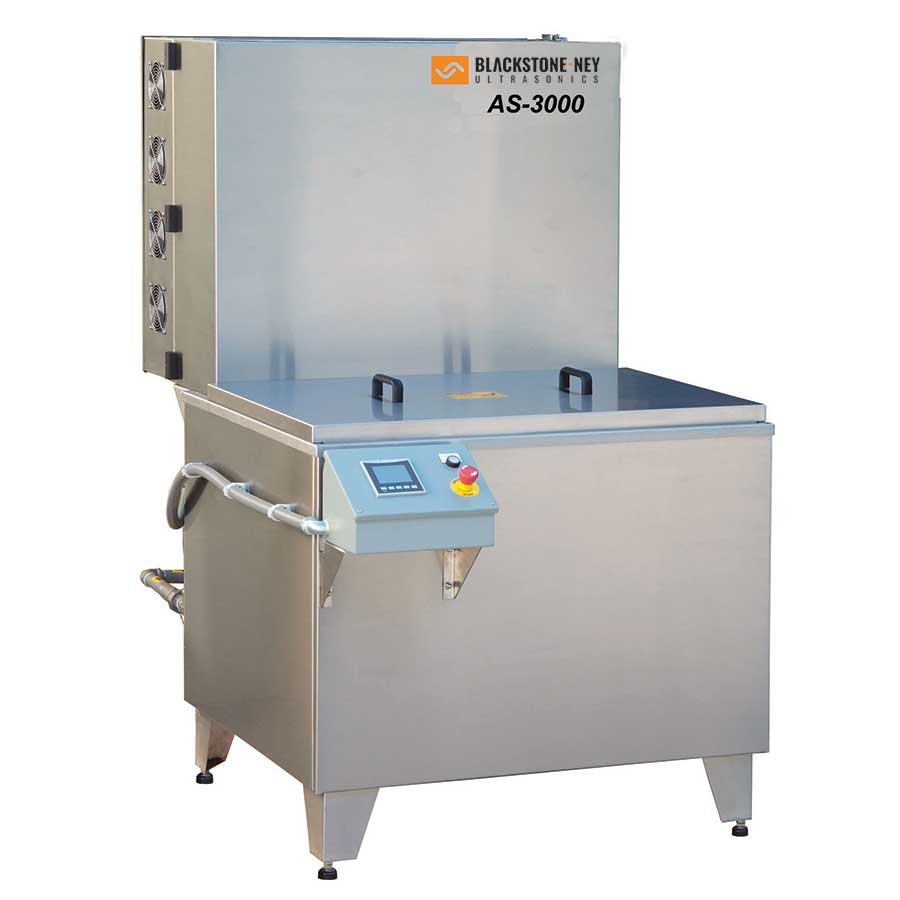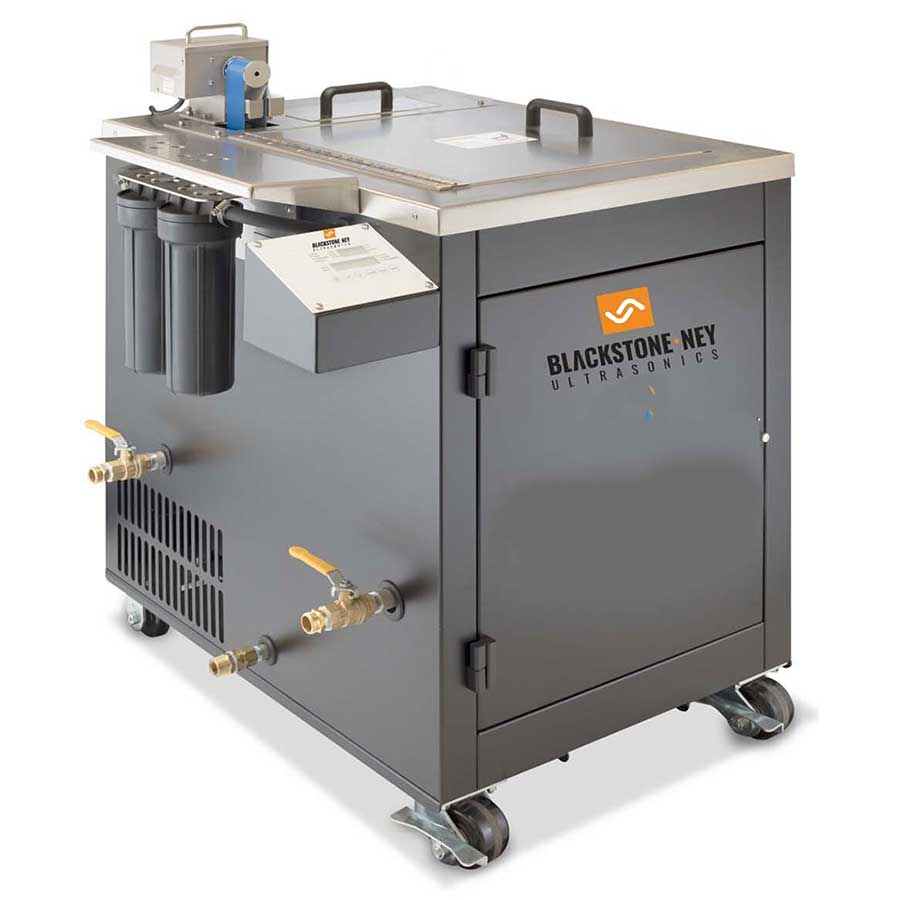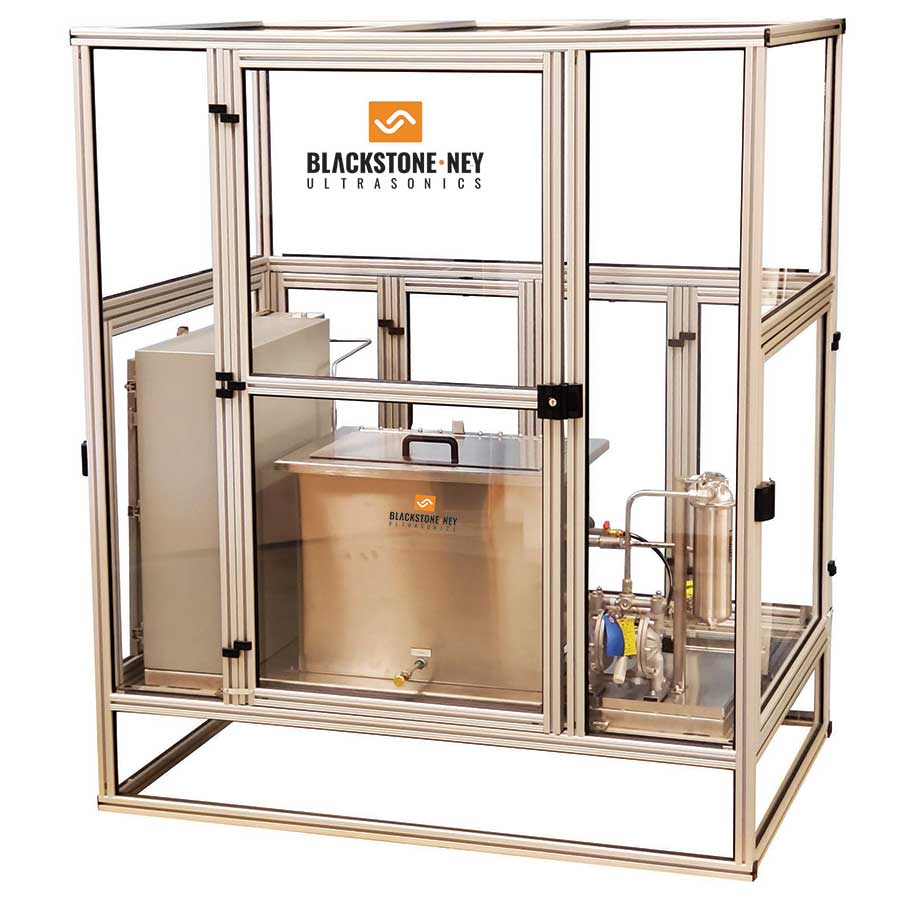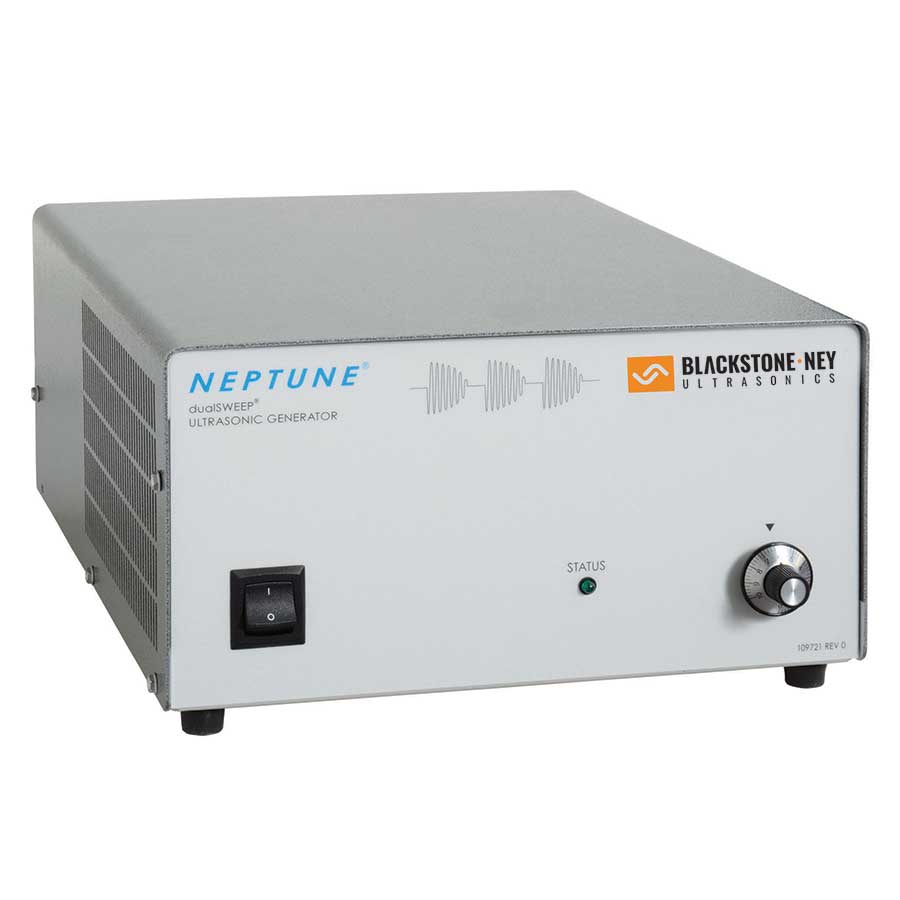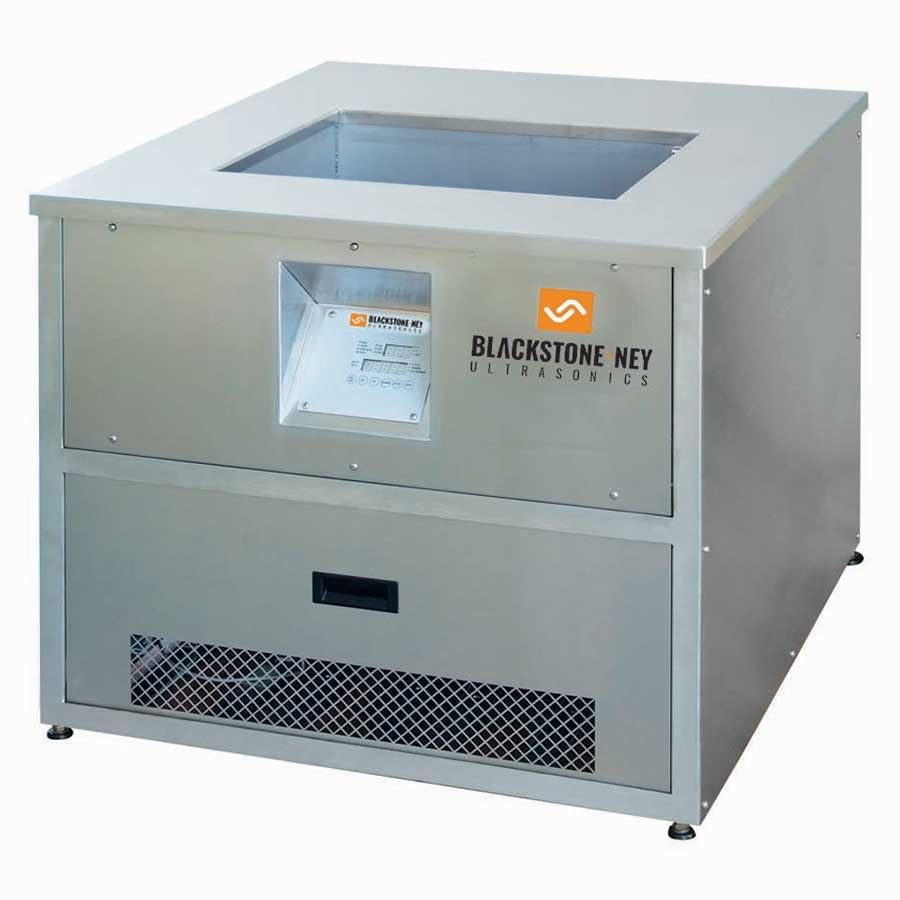Industries
- Ammunition
- Automotive
- Aviation & Aerospace
- Bicycles and Scooters
- Electronic Components
- Firearms
- General Manufacturing
- Healthcare & Pharmaceutical
- Heavy Duty Truck and Off-Road Vehicle
- Medical Device Cleaning
- Optics / Flat Panel / Laser
- Other Transportation
- Plating & Surface Finishing
- Valves and Fittings





